Ruud Van Nistelrooy scored 150 goals for Manchester United. Only one of those goals was scored from outside the box. Arguments were made by some fans saying that Henry was better in terms of all round game and could do more in more midfield areas of the pitch. Other fans claimed that the mark of a striker was the ability to get in free positions at close range and hit the target. Henry’s influence seems to have evaporated over the years as the current Arsenal squad has scored 19 Premier League goals between them in 2014-15 - all of these have been from inside the box as the graphic below displays.
Data courtesy of Opta
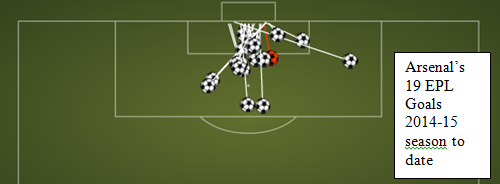

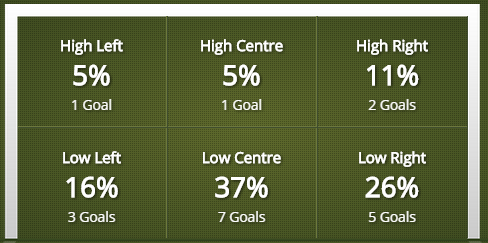
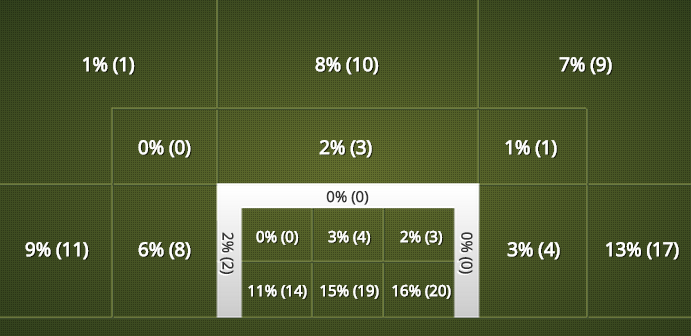
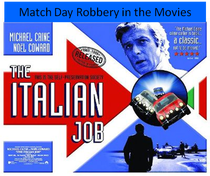
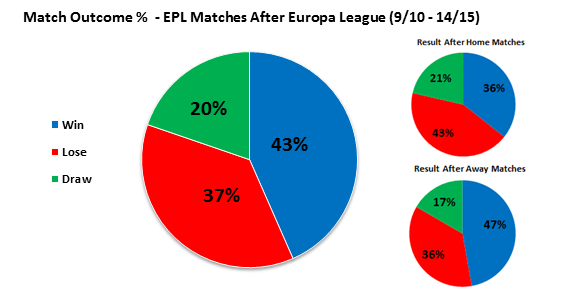
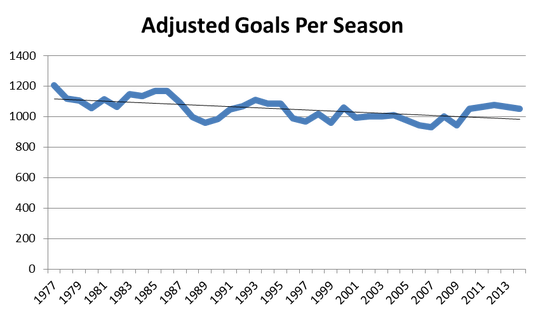

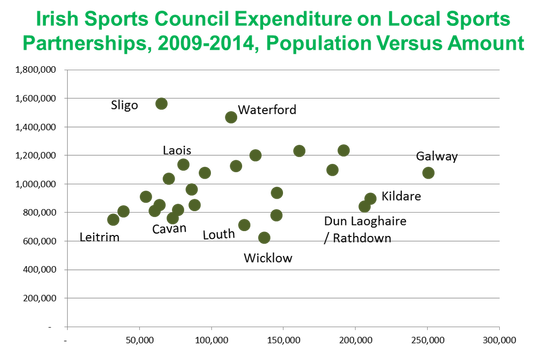
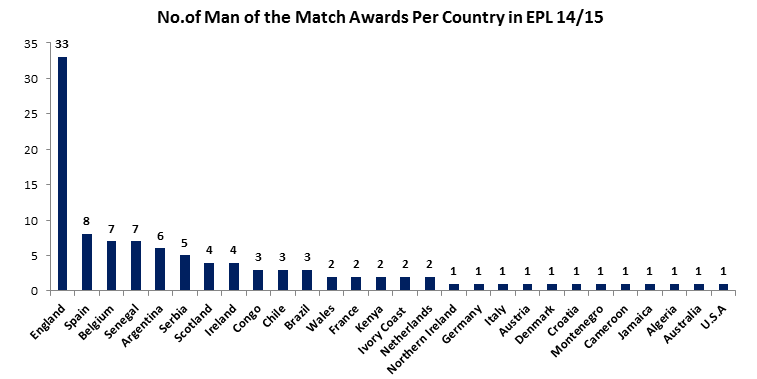
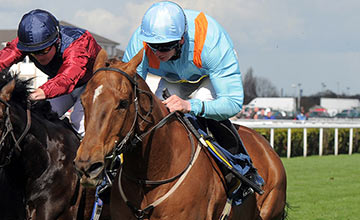
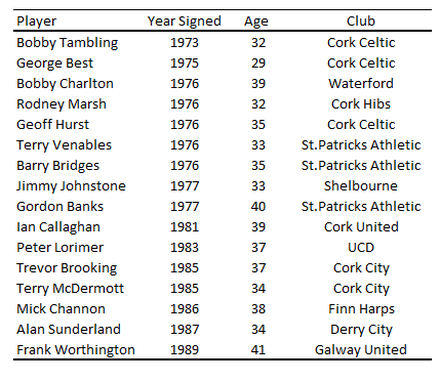
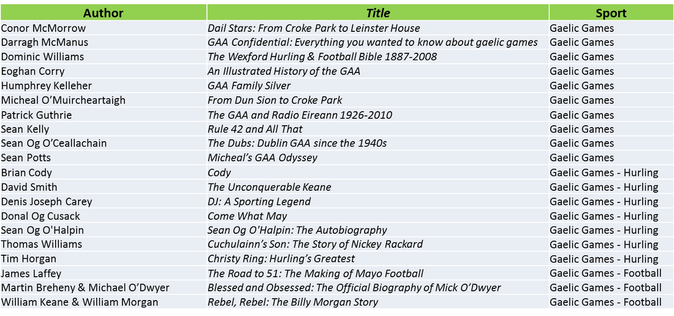
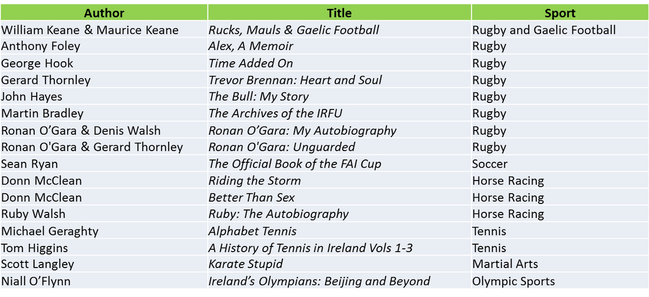

 RSS Feed
RSS Feed